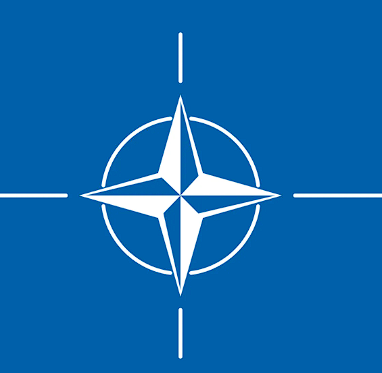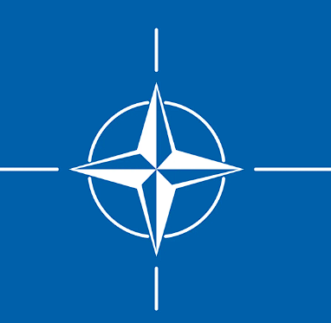sOURCE: EkANTIPUR
काठमाडौँ — उपप्रधानसहित स्वास्थ्य तथा जनसंख्या मन्त्री उपेन्द्र यादवले संयुक्त राष्ट्र संघको महासभाका अध्यक्ष डेनिस फ्रान्सिससँग भेटवार्ता गरेका छन् । राष्ट्र संघको कार्यालयमा भएको भेटवार्तामा दुई जना बीच भेटवार्ता भएको न्युर्योकस्थित नेपाली स्थायी नियोगले जनाएको छ ।

उनीहरूबीच दिगो पर्यटन, जलवायु परिवर्तन, अन्तर्राष्ट्रिय सहयोग र बहुपक्षीयताको महत्त्वजस्ता विविध विश्वव्यापी मुद्दाहरूमा छलफल भएको नियोगले जनाएको छ ।





